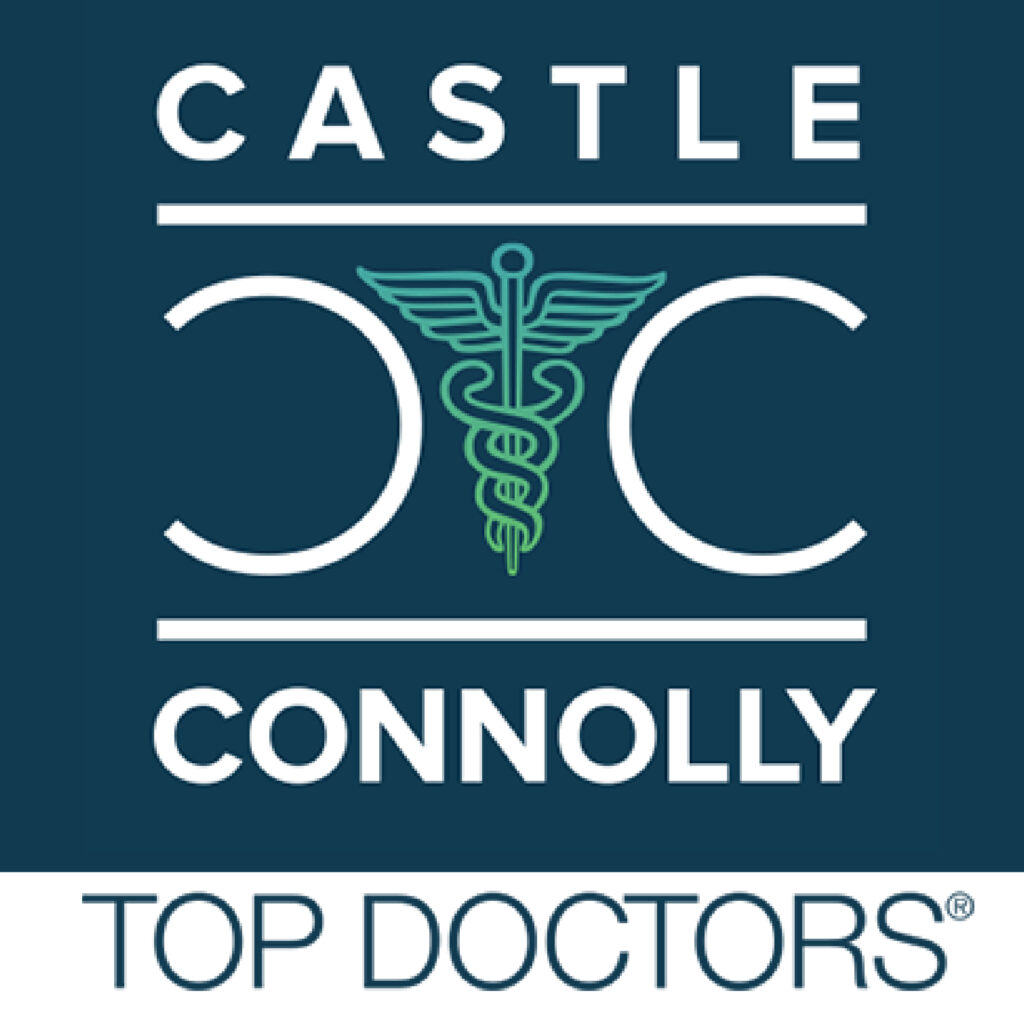Shoulder Dislocation vs. Separation
Although the terms dislocation and separation are used often interchangeably, they do not refer to the same shoulder injury. The shoulder is made up of three bones: the humerus (arm bone), clavicle (collar bone) and scapula (shoulder blade). The bones are connected by soft tissues to form two important joints: the glenohumeral and acromioclavicular. In orthopedic terms, a dislocation refers to the glenohumeral joint and a separation refers to the acromioclavicular joint. Let’s learn more about both joints and how they’re injured:
Glenohumeral Dislocations
Understanding the injury. The glenohumeral joint is the body’s most mobile joint and the joint that’s most likely to become unstable. When a dislocation occurs, the head of the humerus partially or completely slips out of the circular glenoid that helps hold it in place. The injury can be painful, especially if the shoulder is completely dislocated and/or if supporting soft tissues are damaged.
Treating the injury. Whether they be partial or complete, shoulder dislocations need to be treated by an Orthopedic Specialist. Treatment depends on the severity of the dislocation and associated soft tissue damage.
Conservative, non-surgical options are always tried first. Immobilization, usually in a sling, is used to decrease pain and give the shoulder time to heal. Physical therapy is used to strengthen the shoulder and prevent future dislocations.
Surgery is recommended when shoulder dislocations are recurrent. Recurrent dislocations leads to shoulder osteoarthritis so patients with recurrence typically undergo surgery to prevent further damage. During a 1-2-hour arthroscopic procedure, an orthopedic surgeon locates and then fixes damaged soft tissues so the shoulder can be held properly in place.
Shoulder Separations
Understanding the injury. The acromioclavicular joint is formed by the clavicle and the acromion of the scapula. A separation can occur when the joint experiences forceful impact during incidents such as falls, blows, and collisions. The injury is easy to identify, as a bump (the separated clavicle) sticking up as the shoulder itself is droops. Pain, limited mobility and pain with mobility are common symptoms.
Treating the injury. Immediately following a separation, a sling, ice, and medications can be used to immobilize the shoulder and decrease inflammation and pain. In most cases, this type of treatment can be continued for a few weeks and the damaged soft tissues that caused the separation will heal. However, in cases where severe pain and/or a severe deformity is present, surgical intervention might be necessary.
What to Do If You’ Have a Shoulder Injury
You now know the difference between a shoulder dislocation and separation. If you sustained either, please don’t hesitate to contact one of our 5 Long Island offices to arrange an appointment. Your injury can and will be treated in a manner that ensures a full recovery.
The physicians at Total Orthopedics and Sports Medicine focus on both the surgical and non-surgical treatment of shoulder injuries and are one of the most innovative orthopedic practices in the area. Dr. Charles Ruotolo, President of Total Orthopedics and Sports Medicine, has published several peer-reviewed studies on orthopedic care and orthopedic surgery of the shoulder.
Fortunately, many patients can be treated non-surgically with a combination of conservative modalities coordinated by the Total Orthopedics and Sports Medicine Team. If surgery is necessary, the practice uses a multidisciplinary approach to create a treatment plan that focuses on the patient’s lifestyle and activities and helps them get back to those activities quickly and effectively. Expect a full recovery when in the hands of our trusted physicians







 Website Design by
Website Design by